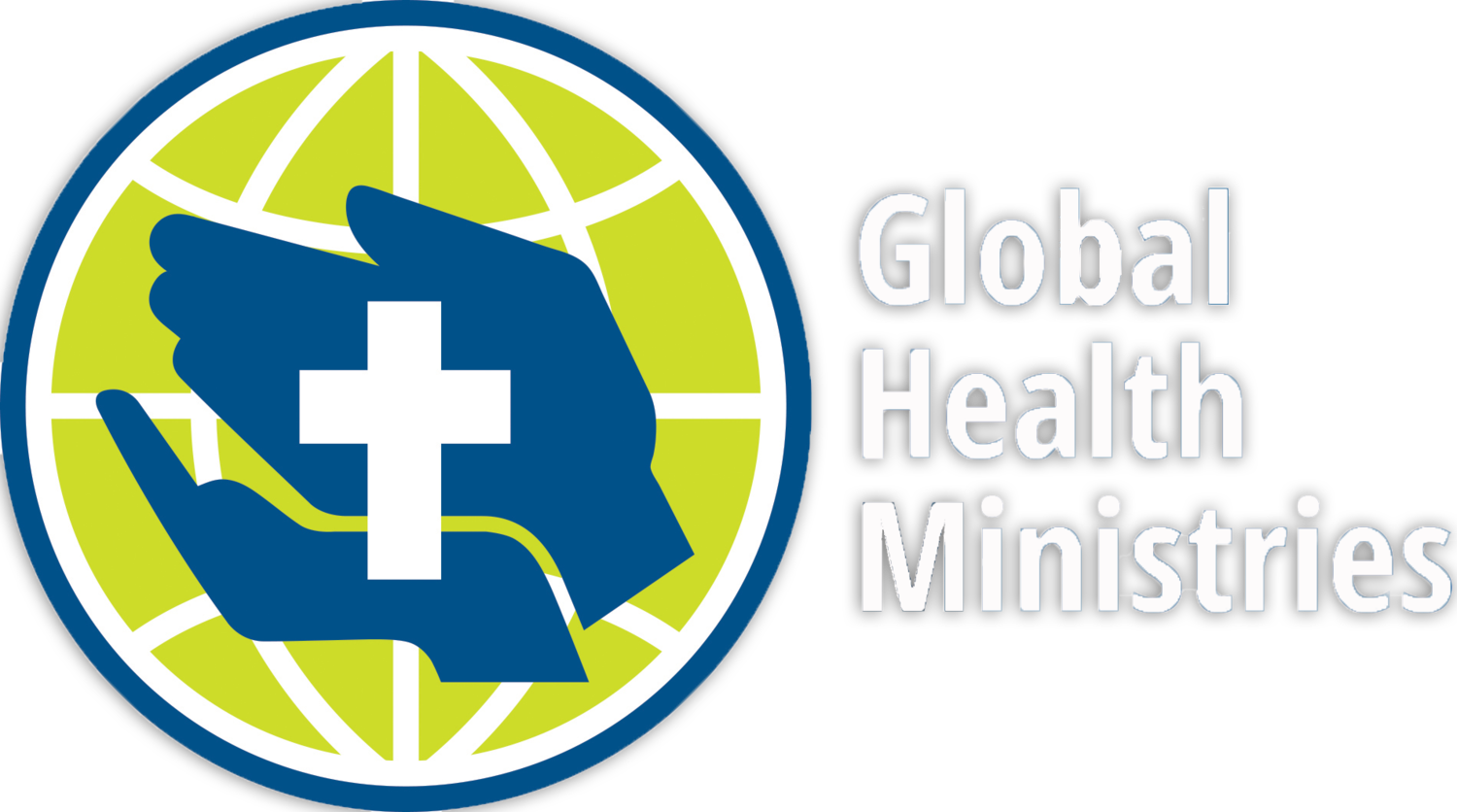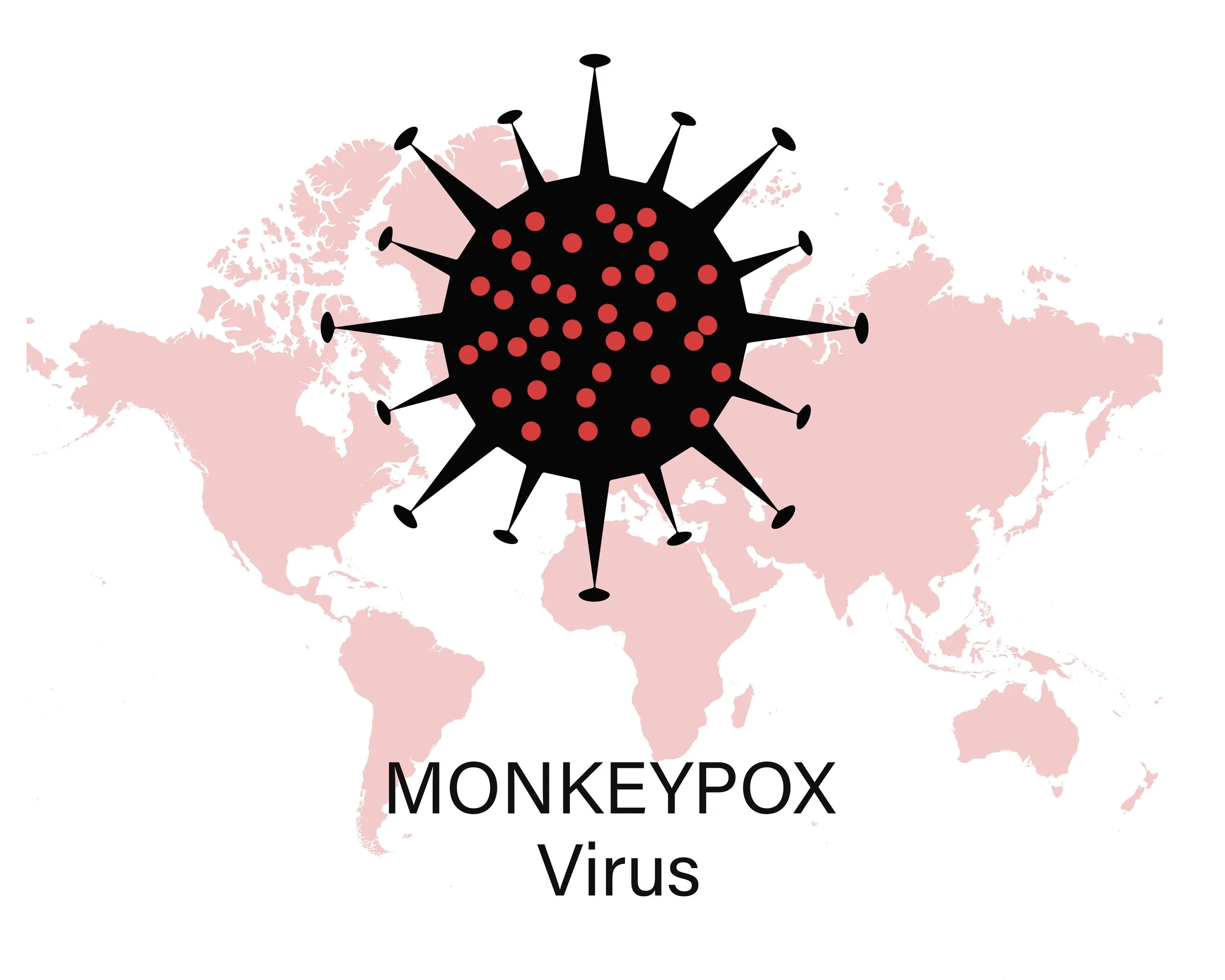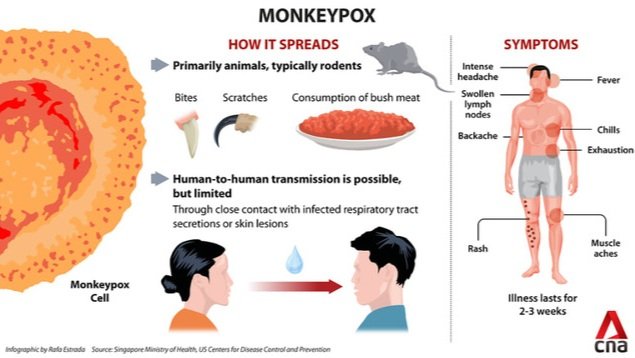Monkeypox
This is part of a communication series to health leaders in GHM’s partner countries. (sent July 2022)
Monkeypox has emerged as a new outbreak of concern, particularly given its appearances in Europe, Australia, and the Americas. As of late June, global cases were over 3,000. What’s different is that monkeypox is showing up in areas where it is NOT endemic*. In the United States, 26 states have reported cases, including a presumptive case in Minnesota. While the case fatality rate for monkeypox is relatively low, monkeypox is still of moderate risk given its unprecedented and unpredictable presence in numerous countries, especially those in Europe.
Monkeypox is a zoonotic virus, predominantly transmitted to humans from an infected animal or person. Though its name suggests otherwise, the animal hosts for the virus are not only monkeys; they include many rodents and non-human primates.
Clinical presentation of monkeypox includes fever, headache, fatigue, and its characteristic full-body rash. Monkeypox presents similarly to smallpox, both of which are classified as orthopoxviruses. Nevertheless, monkeypox is not as contagious nor is its morbidity as high. While historically higher, the contemporary case fatality rate is around 3-6%. This statistic, by comparison, was about 30% for smallpox cases. Ebola virus disease has an average case fatality rate of 50%.
*The virus is endemic to ten countries in Central and West Africa. Monkeypox infections are relatively common, particularly in the Democratic Republic of Congo and our country partners, Cameroon and Nigeria. Reported cases likely underestimate the true prevalence, as many infections occur in rural or unmonitored areas. Cases in these countries – and sub-Saharan Africa as a whole – have risen significantly in recent years, largely due to the discontinuation of the smallpox vaccine. Vaccinia, the virus utilized in the smallpox vaccine, also protects against monkeypox. Nevertheless, the uptick of monkeypox cases in these African countries has largely been neglected on a global scale…until now.
Though the WHO has removed its initial distinction between endemic and non-endemic countries “to reflect the unified response that is needed,” the public health responses to this outbreak reveal global health inequities. Prevention and treatment medicines are not available in endemic regions of Africa, despite the long-withstanding presence of monkeypox. In contrast, both the United States and the United Kingdom are already introducing and distributing treatments and preventative vaccinations.
Lessons for Global Health Leaders
Leaders in endemic regions have experience with monkeypox and can offer guidance and support to leaders and clinicians of Western countries in dealing with unprecedented monkeypox outbreaks.
The current monkeypox outbreak can serve as an opportunity for health leaders to collaborate to implement a unified response in combatting both monkeypox and health inequities on a global scale.
Monkeypox and COVID-19 are two of many recent global concerns. In preparing responses to emerging diseases, leaders ask: What should my team and I do now?
If we identified a case today, then what would we do? How well would our providers a) recognize the symptoms and b) mobilize effective treatment and response? Is it new or familiar?
How is it transmitted? What are the social implications of the disease? What are the typical class and age profiles of victims?
How can this disease be prevented? With what other community/governmental agencies should my organization be collaborating now in order to strengthen prevention and plan interventions for our community?
Additional monkeypox resources:
According to Our World in Data, as of 30 June 2022 …
Two-thirds of the global population is at least partially vaccinated against COVID-19 (over 12 billion doses)
In low-income countries, only 17.4% of the population has received partial vaccination. That’s 49% lower than the global rate
According to the WHO Coronavirus Dashboard, as of 30 June 2022 …
There have been 544,324,069 cumulative, confirmed cases of COVID-19 – exceeding the number of reported in the 1918-19 Great Influenza and 6,332,963 deaths.
Note: Global Health Ministries Summer Intern Sophie Goldenberg, a Medicine, Health & Society major at Vanderbilt University, researched and prepared this message – thank you, Sophie!


